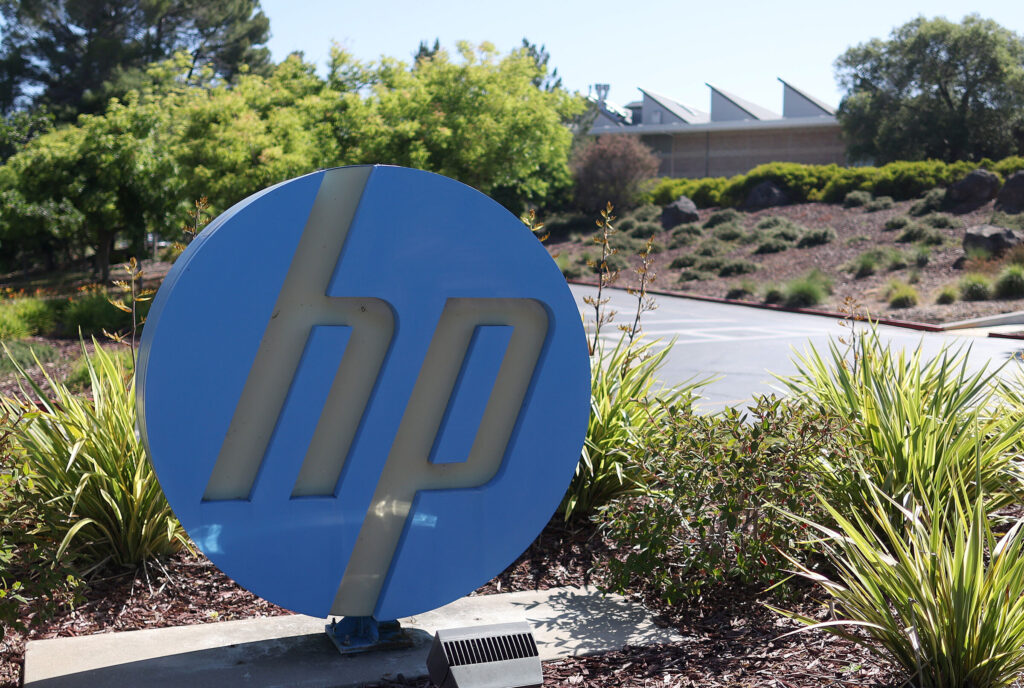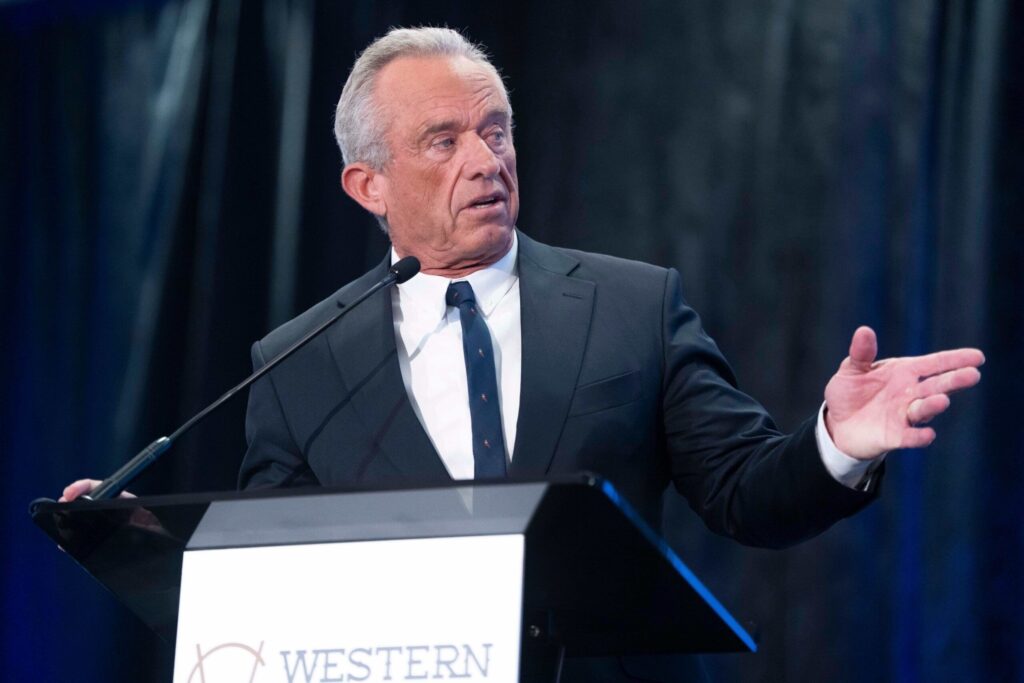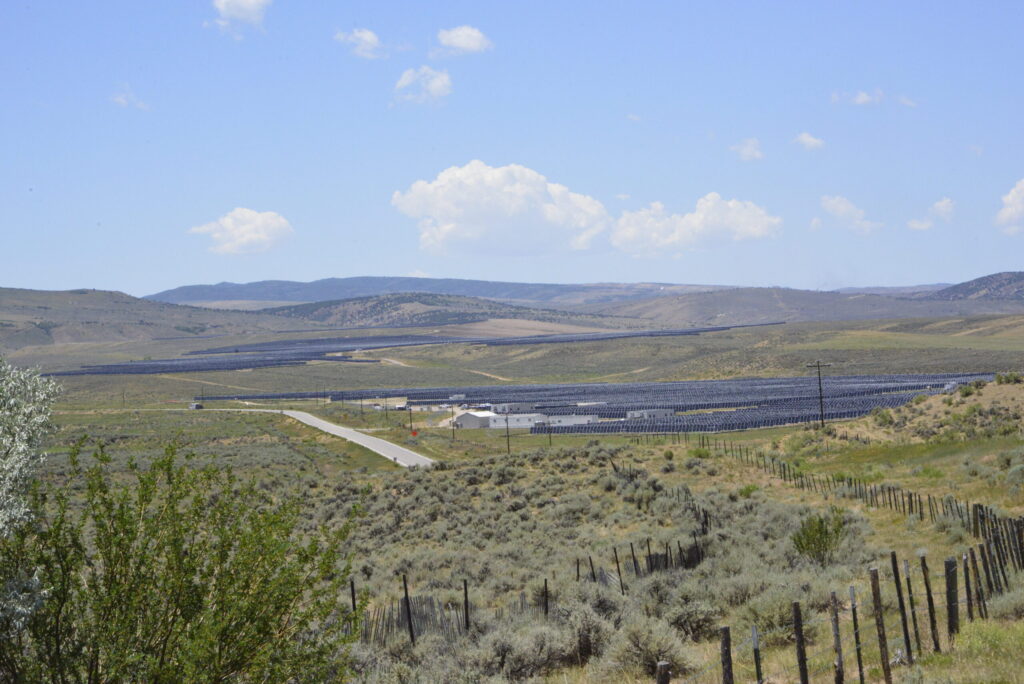What CEOS say about artificial intelligence

I recently heard Andrew Yang, a tech expert who has dabbled in politics, discussing artificial intelligence on Fox News. They replayed a 2019 clip where he predicted that 30% of jobs would be replaced by AI by 2030 — and he says he still stands by that assertion.
The timing was notable, because I had just attended a Conference Board seminar on AI’s labor force impacts. Hiring still looks healthy, and the unemployment rate remains within an acceptable range at 4.4%. So is there really cause for concern?
The seminar suggested yes. It highlighted what CEOs and senior managers are reporting, and their views support Yang’s comments. Layoff announcements citing AI or other technology updates were essentially nonexistent until 2024 and 2025 — and now, they are significant.
More than 60% of firms say they plan to redesign roles with AI, and almost 40% say they plan hiring reductions. The most affected industries are white-collar fields such as computer and mathematics, management, business and finance. These occupations have historically been sheltered from job losses during downturns, but not this time. Meanwhile, traditional “blue-collar” and other “hands-on” jobs are faring better this time around.
As I shared previously, AI is affecting entry-level positions the most. It can perform research, writing, documentation, data analysis and even coding — tasks young graduates used to do. This aligns with the sharp uptick in hiring for workers with 10-plus years of experience who understand context and can confirm or challenge AI outputs, while hiring for those with zero to three years of experience is decreasing.
These trends probably will accelerate. Fully 81% of CEOs say AI is already fundamentally changing 50% or more of job roles, or will within the next two to five years. Traditional cost pressures from competition and shareholder expectations persist, but tariffs and generally higher input costs are adding even more pressure.
The latest slide shows 73% of CEOs plan to cut operating costs in the next six months. Yet there is a silver lining: 93% of CEOs plan to increase productivity through AI and automation. With an aging workforce and unprecedented retirements, we need tools that enhance worker productivity, and AI can help fill that gap.
With AI taking more white-collar, entry-level jobs, even more young people are opting out of college. AI is reshaping the labor landscape quickly. Smart workers in the most affected industries can and will adapt, but so must the institutions that train them; namely, the universities that are already struggling from enrollment declines.
Tatiana Bailey is executive director of the nonprofit Data-Driven Economic Strategies. Other Gazette articles, TV segments, DDES monthly economic dashboards with technical explanations, and how to sponsor their work can be found at ddestrategies.org.

















